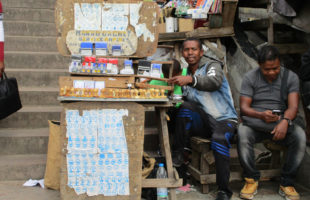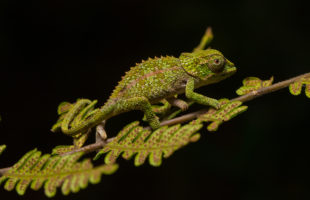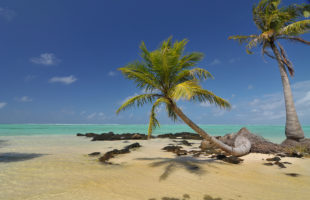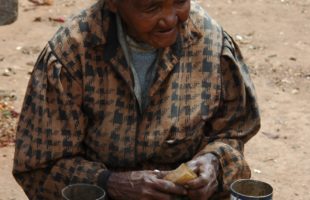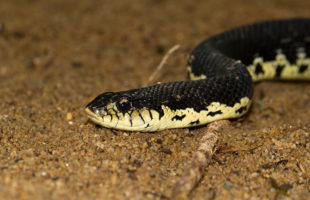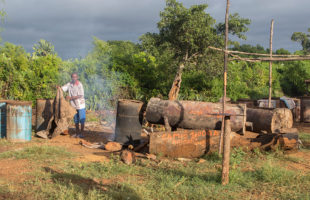In the center of Madagascar’s capital, Antananarivo, endless steps connect the upper and lower city. They are called the “the thousand stairs of Tana” and it is worthwhile to stop by here as a traveler. To reach the stairs, simply follow the Street of Independence towards the Street of 26th June 1960 (Independence Day of Madagascar). The southern staircase leads …
LesenMasika sipa
Lisy Art Gallery
Madagascar touches most travelers on their first trip. And of course, almost everyone wants to take home a souvenir or two from the red island. The Lisy Art Gallery offers a very good opportunity to do so. It has been located in the east of the capital Antananarivo since 1990. Despite its far less convenient location than the handcrafts market …
LesenAmber mountain national park
Amber Mountain: The name comes from the flowers of certain trees that cover the mountain and shine amber from afar. Location: The Amber Mountain National Park is located in northwestern Madagascar in the Diana region. The nearest major city is Antsiranana (Diego Suarez) on the coast, about 30 km away. From the capital Antananarivo, the park is located about 1000 …
LesenSaha Maintsoanala
Saha Maintosanala: The word “Saha” means a park, and Maintsoanala means “green forest”. The protected area is simply called the “Park of the green forest”. Location: The reserve is located only 65 km from Antananarivo near the small town of Mandraka in the Analamanga region. The journey on the winding roads of the eastern highlands takes about two hours by …
LesenThe gardeners of the forest: Red-bellied lemurs
One does not often meet red-bellied lemurs (Eulemur rubriventer) in Madagascar, but they play an important role in the rainforest’s fragile ecosystem. Only male wear the eponymic red belly, females are white or cream colored on chest and belly. Males also have white fur below their eyes which lacks in females. At average, red-bellied lemurs weigh one and a half …
LesenThe best travel season
Madagascar has the perfect travel time for everyone, but it is not the same time of year for everyone. Because it all depends on what you want to see! If you want to see Madagascar’s mascot, the lemurs, you should come to Madagascar at the end of the dry season. The best time to observe lemurs is September and October. …
LesenMora mora – Take it easy
Hectic, stress and urgent appointments: In Madagascar you can leave all this behind you. Time is of no use here outside the cities. “Mora mora” is often the first thing you hear as a traveller in Madagascar – often at the visa counter. It means “slow, slow” or “take it easy” and reflects briefly and concisely the attitude to life …
LesenAn east-west-conflict: Red-fronted lemurs
In red-fronted lemurs, colour has been distributed inequally: Only males bear the eponymic red forehead. In females, this area is grey coloured. Both genders weigh between two and three kilograms and become only half a meter in size, measured without tail. Until 2008, scientists thought the red-fronted lemur to be a subspecies of the similar looking rufous brown lemur or …
LesenMadagascar’s giant hognose snake
The Madagascar giant hognose snake (Leioheterodon madagascariensis) probably belongs to Madagascar’s most common snakes. You can meet them almost everywhere on the island: Rainforests of the east coast are part of its home range as well as the hot and dry west oft Madagascar. They can even deal with widely devastated forests. Gardens, campgrounds and hut villages may also be …
LesenToaka gasy – The rum that resurrects the dead
Madagascar is famous for its rum. Besides commercially in fabrics produced rum such as Dzama, there still is another very special kind of rum on the island: Toaka gasy. The word simply means “Malagasy rum” and points to a traditionally manufactured drink. Rumor has it that it may even resurrect the dead. Malagasy law only allows production of Toaka gasy …
Lesen MADAMAGAZINE Your Magazine about Madagascar
MADAMAGAZINE Your Magazine about Madagascar
